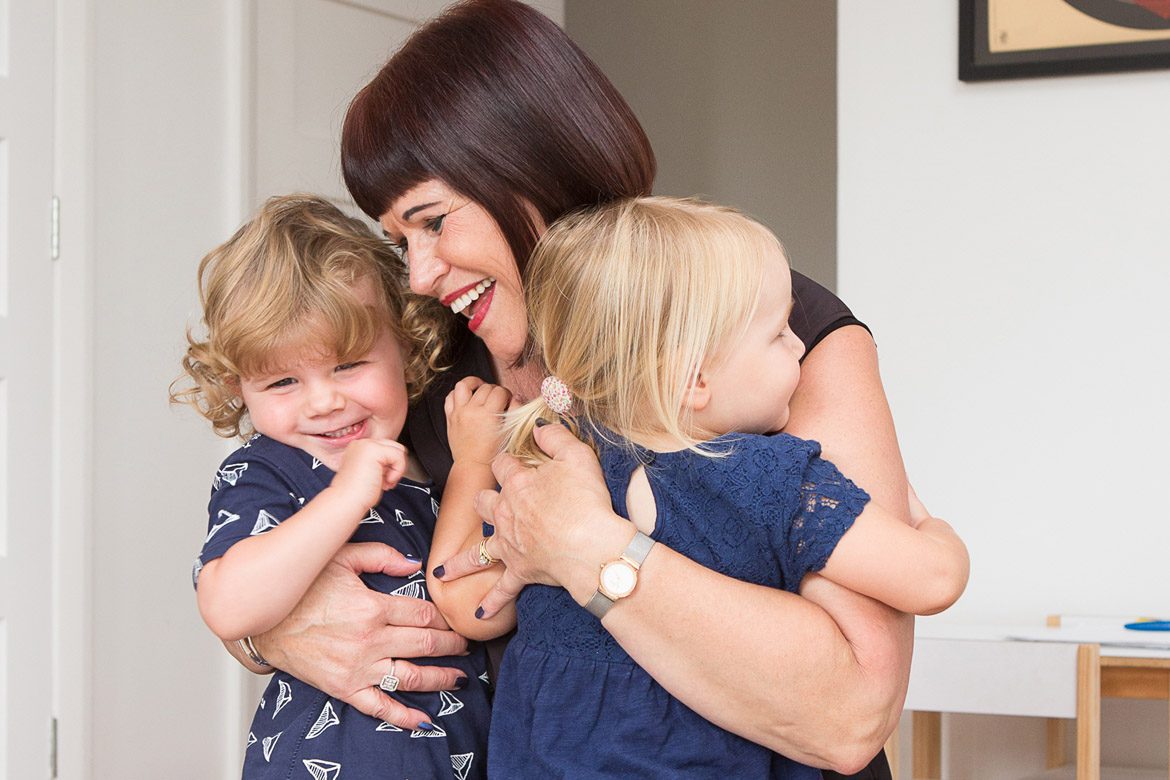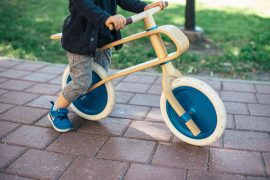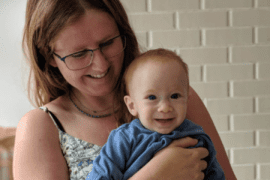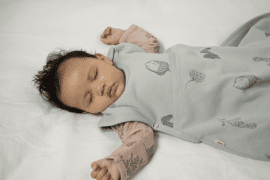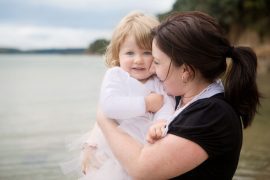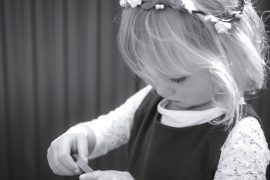As parents, we all know that feeling. The nervous anxiety we feel in those early days of saying goodbye to our child and leaving them in the care of someone else. It’s hard – and often not made easier by the fact we have to leave our children at a time when they may also be having big feelings in response to our departure.
The age and stage of a child will play a part in how they respond to separation, however, it’s important to know that separation anxiety is a completely normal part of childhood due to the attachment relationship that develops between a child and their key caregivers. Separation anxiety can manifest as clinginess, distress and withdrawal. Typically, it begins from about six months of age, appears again around 15 to 18 months of age, and sometimes when a child is three. In between these times, you may see separation anxiety when a child begins a new relationship with an, at first, unfamiliar adult, such as an in-home educator, or when they have experienced significant changes in their lives, like the loss of a loved one, moving house or a serious illness.
Children rely on us to support their transitions, to help them to manage their big feelings and to take care of their emotional needs. This isn’t always easy, especially with young children who aren’t yet able to tell us what these needs are. PORSE Education & Training General Manager Erin Maloney shares some tips to help with separation:
Ease them into it
A gentle transition into new care arrangements will help a child to feel more comfortable. This could involve the parent remaining for periods of time over the first few weeks of care to support the child to build familiarity with their new environment and relationships with their new care provider.
Talk to them about it
Empathising with a child and supporting them with words to help them to understand their feelings will allow them to feel heard and understood.
Acknowledge the emotion – then redirect or distract
Always let children know you get how they are feeling (“I can see how sad you are that mummy had to go to work”) before you find something else for them to become interested in. Our brains can’t be upset and curious at the same time, so helping a child to focus on something else does really help at times of distress or overwhelm.
Connect with them
When transitioning into a new care arrangement, a child will feel more comfort and build more familiarity when this is with one primary caregiver who genuinely likes them and has time and patience while their relationship develops. Having this one-on-one nurturing relationship will help feelings of security and trust to grow.

